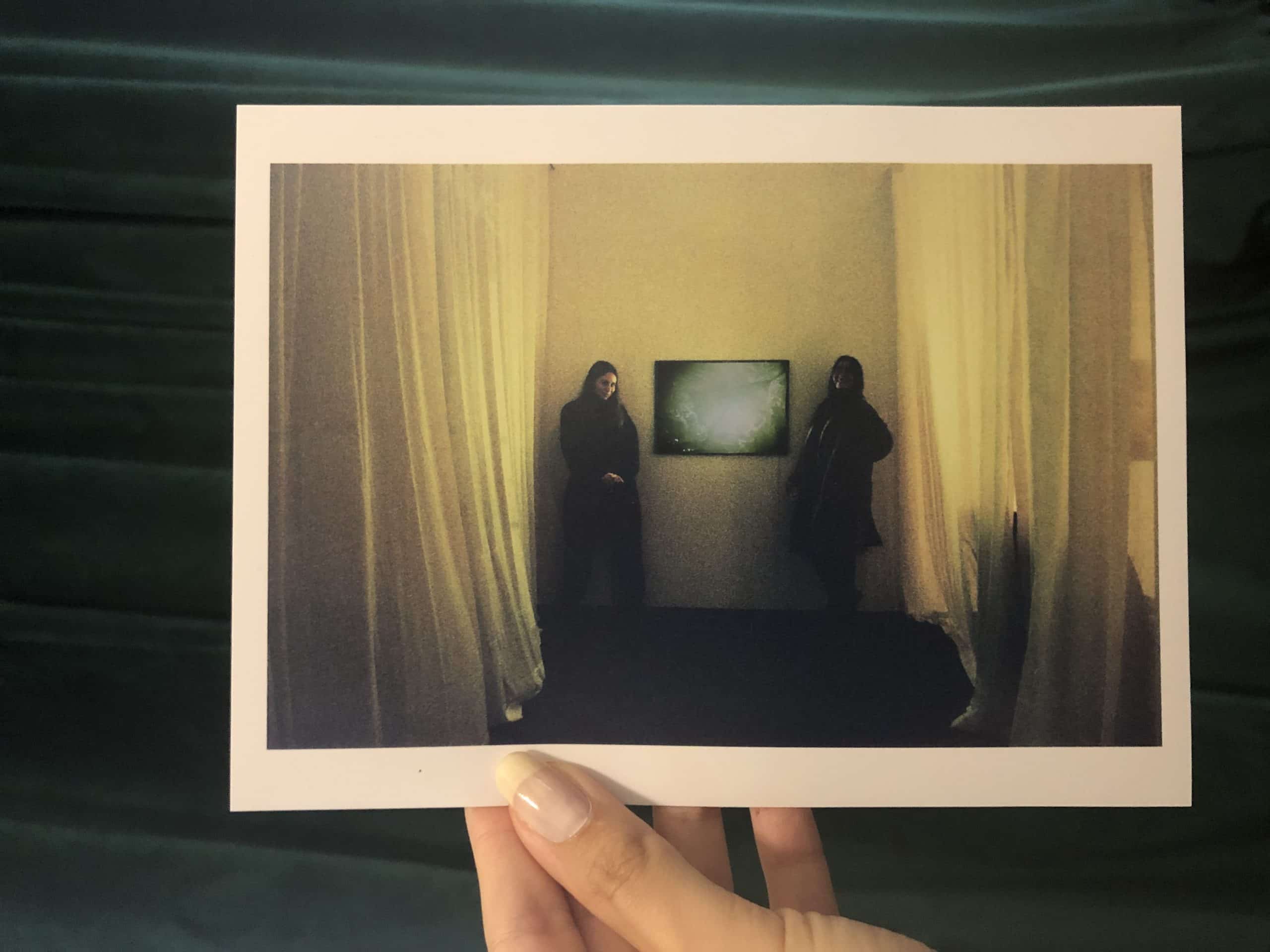The invention of photography in the early 19th century led to some profound changes in the way that artwork was produced. It called into question the need for highly detailed and realistic paintings and drawings, when the speed and accuracy of a photograph could not be rivalled by the human hand and eye.
However, just like the best paintings, the best examples of photography are interpreted through the human intellect and emotions as well as the eye, and the two mediums can work very well to complement each other. The ever-evolving relationship between photography and painting has led to some of the most interesting and exciting artistic movements.
For example, photography led to the rise of a more abstract and expressionist approach to painting, as the need for accurate visual representation was less important. Painters found a new freedom in more abstract artistic movements such as Expressionism, Impressionism, Cubism, Minimalism, and Surrealism.
This unique dynamic is explored in the current ‘Capturing the Moment’ exhibition at the Tate Modern in London. The exhibition features some of the most acclaimed works of modern times, by artists such as David Hockney, Pablo Picasso and Paula Rego, and photographers such as Hiroshi Sugimoto and Jeff Wall.
A new focus on medium
The flat nature of a photograph led some artists to react by making greater use of texture in their paintings. This can be seen in the oil canvasses of Impressionist painters such as Claude Monet, Edgar Degas, and Berthe Morisot. The Impressionist movement originated in France in the late 19th century, but its influence soon spread worldwide.
Impressionist artists worked quickly, to capture fleeting atmospheric effects such as the rising of the sun or a reflection on water. The brushwork was deliberately broken and rough in order to reflect the transience of the scene. At first, critics were hostile to this new approach to painting and it was some years before it became fully accepted.
The directness of paint was also explored as a medium to create complex and emotionally charged portrait and figure paintings. In the past, most portraiture served as an accurate visual representation of the subject, and was highly curated and controlled. Now, artists relished the freedom to explore the human form with a new rawness and energy.
The photograph as an artform
Meanwhile, photographers explored the new artistic opportunities afforded by the camera lens. At first, photographs were simply a convenient way to capture an accurate likeness of a subject without the time and expense of hiring a professional artist.
However, ambitious photographers soon looked beyond this prosaic aim and began to explore more unconventional subject matter, and invest new qualities in a scene through the use of light, composition, and tone.
By the 1960s, the Pop Art movement saw artists produce mixed media artworks that merged photographic images, screenprinting, and painting. This led to some of the most iconic works of the 20th century, such as Andy Warhol’s Marilyn Monroe prints and the Campbell’s Soup series.
If you have a painting or photography you would like to display and are in need of a framing shop in East London, please get in touch today
